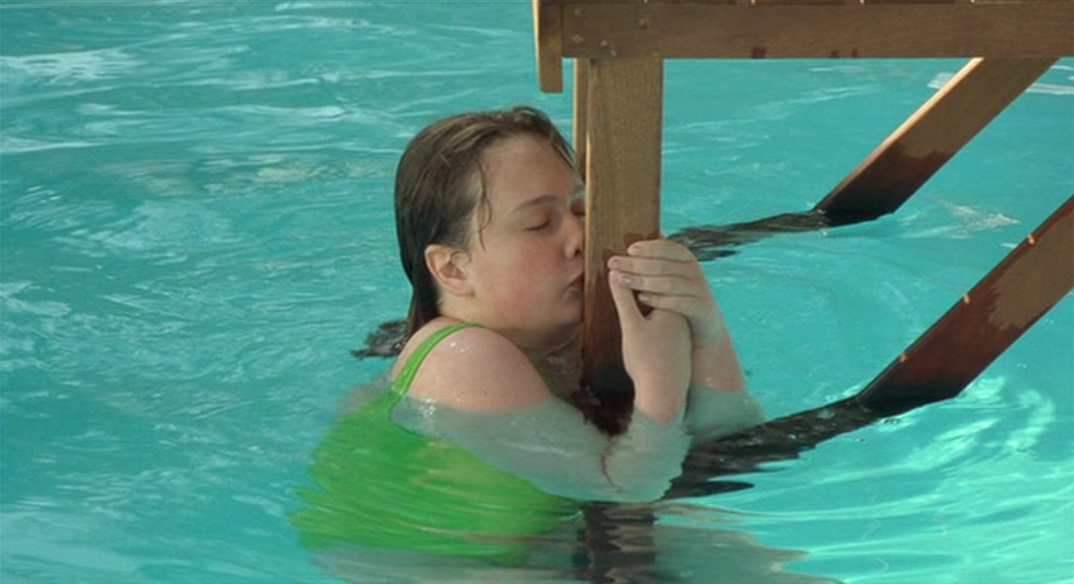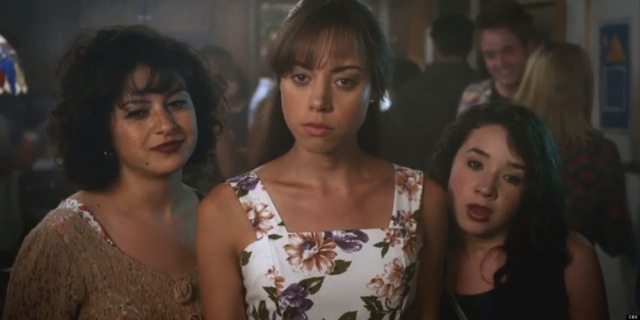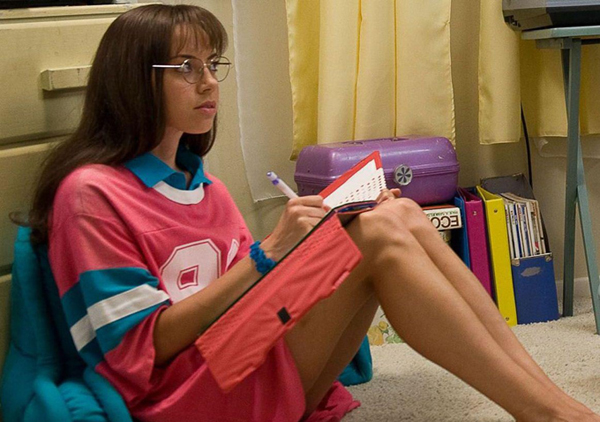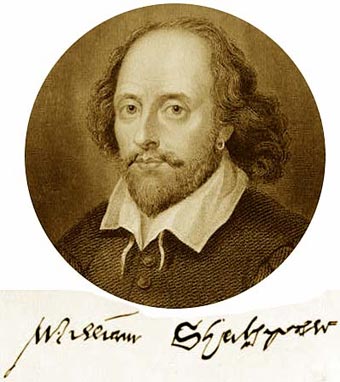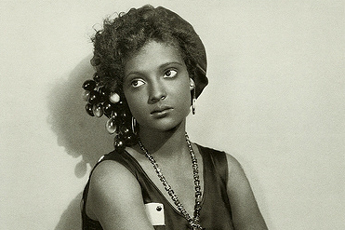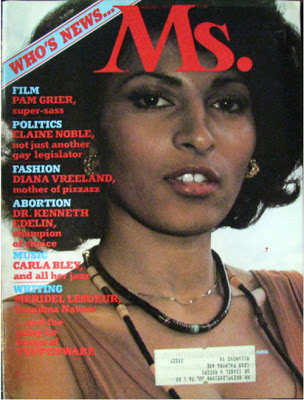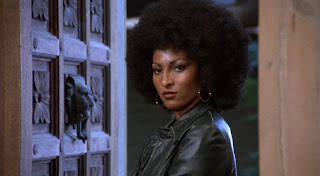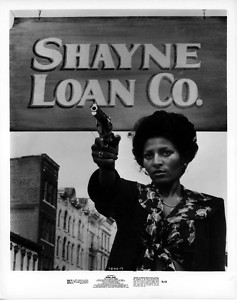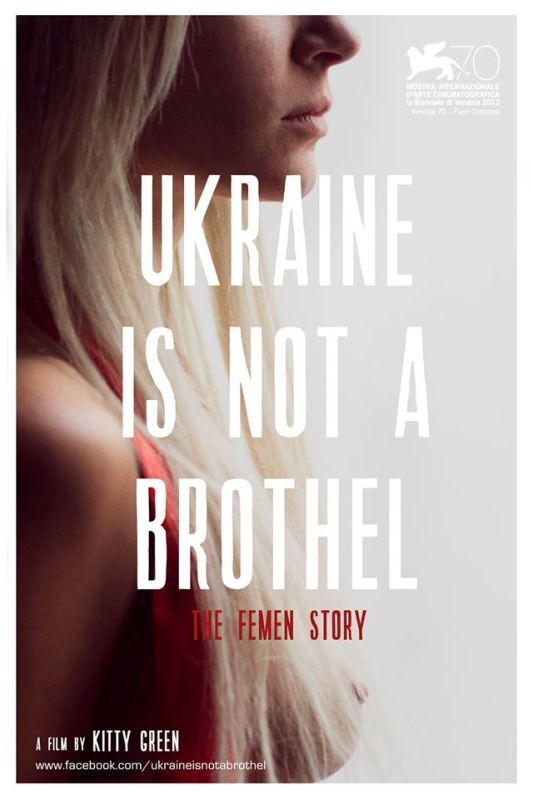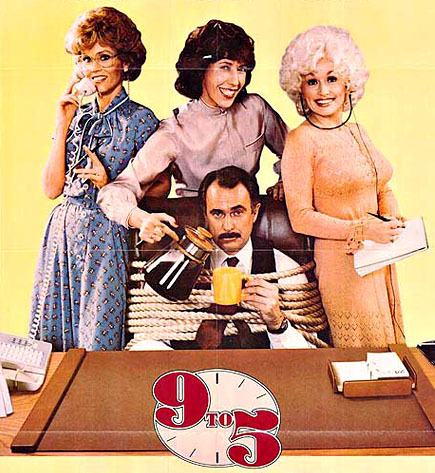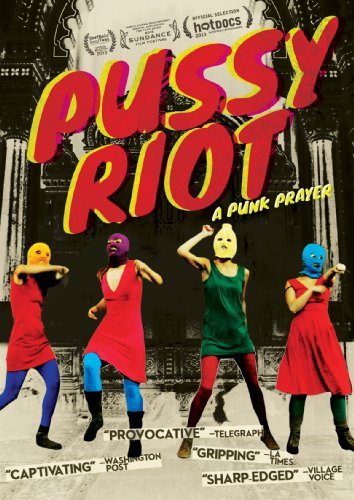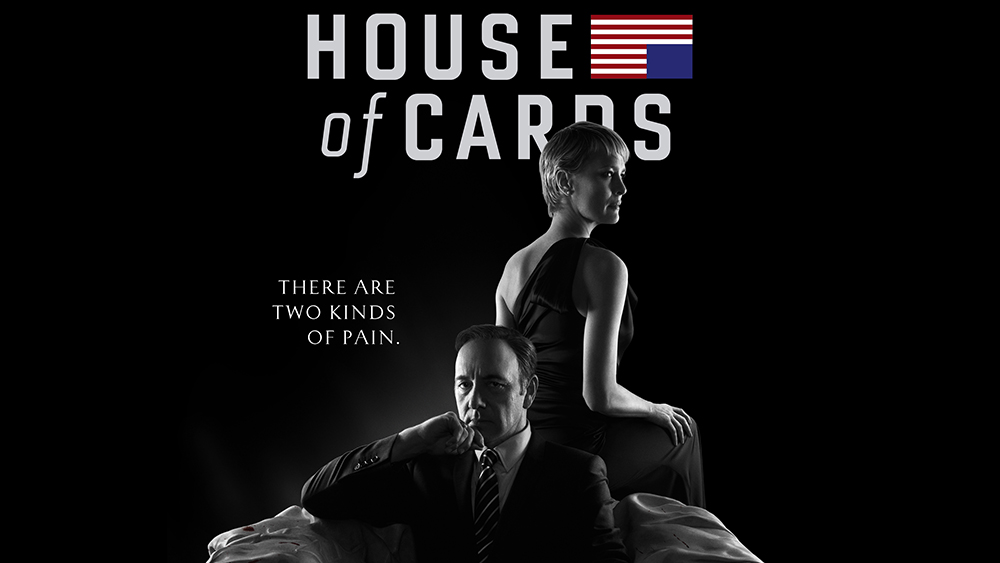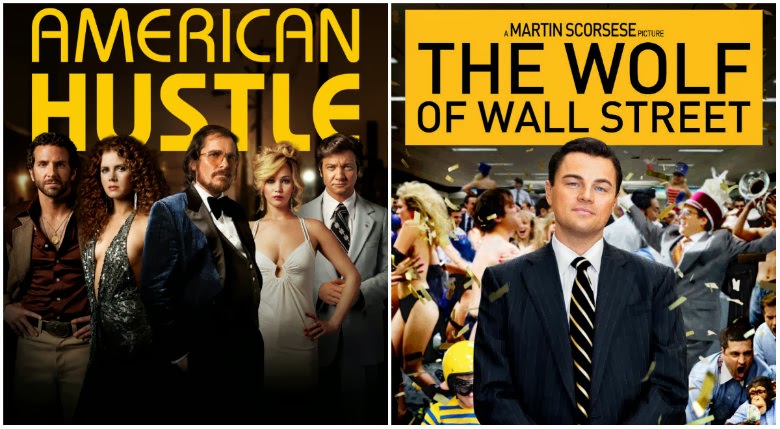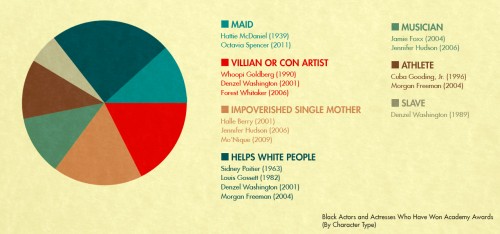Written by Leigh Kolb as part of our theme week on Representations of Female Sexual Desire.
“… a person who can find the transfiguration of sex in her life is no longer a person who can be directed.”
– Catherine Breillat
French filmmaker Catherine Breillat has spent her career exploring female sexuality. She hasn’t done so in a comfortable, easy way. When The Woman says to The Man, “Watch me where I’m unwatchable” in Anatomy of Hell, this could very well be Breillat’s message to her audiences as she presents female desire in harsh, jarring narratives that completely subvert the male gaze.
Normally, if we talk about subverting the male gaze and focusing on the female gaze in film, it’s cause for celebration. Finally! We scream. We’re coming!
Breillat’s female gaze is different, though. It pushes us to places of complete discomfort and sometimes disgust, and forces and challenges us to think about the deeply twisted cultural expectations surrounding women and sex.
Sometimes a shock is what it takes to bring us to places of transfiguration. We can’t smoothly transition to the female gaze after centuries of being surrounded and objectified by the male gaze. Breillat delivers shock after shock that serve to transfigure how we see ourselves and our culture. This isn’t comfortable, but it’s powerful.
The grotesque is enmeshed with sexual pleasure and violent death–all images and storylines that patriarchal cultures have been weaving together for centuries. A woman’s sexual desire and her actions stemming from those desires are often presented as horrifying and punishable: “unwatchable.” Much of what Breillat shows supports the reality that female sexual desire is real, and the societies in which we must function are at best, uncomfortable with that desire, and at worst, violently hostile.

Breillat’s first film, based off her novel, Le Soupirail, was A Real Young Girl (Une vraie jeune fille). Produced in 1976, it was quickly banned and wasn’t released in France until 1999. The film centers around 14-year-old Alice, who is discovering and attempting to navigate her sexual awakening. A Real Young Girl is avant-garde puberty.
[youtube_sc url=”https://www.youtube.com/watch?v=z4FXxS9VevE”]
There are moments in the film that are confusing and grotesque (most notably one of her fantasies that involves barbed wire and a ripped-up earthworm). While I found some of these scenes disturbing, I like being disturbed. The worm scene horrified me at first, but then I realized that when I was in high school, the hit teen comedy involved a dude literally fucking a pie. Teenage sexuality is weird and when we are faced with a teen girl’s sexuality–something we are not used to seeing (unless she is a sexual object)–in all of its confusion and vacillation between intense desire and disgust, we are uncomfortable. Breillat wants us to be uncomfortable; she wants to push us to the edge to that visceral experience that will challenge how we see both female sexuality and film depictions of female sexuality.

Fat Girl (À ma sœur!), released in 2001, follows two sisters–Elena, 15, and Anaïs, 12–as they vacation with their parents. Elena is conventionally beautiful, and while she likes boys and has experimented sexually, she wants to remain a virgin until she’s with someone who “loves” her. She quickly develops a relationship with a young man who is frustrated with her desire to not have sex. He pressures her into anal sex (which hurts her), tries to force her to have oral sex, and finally convinces her he loves her and she has sex with him. In all of these instances, Anaïs is in the room–feigning sleep, asking them to stop, or, when they finally have sex, crying.
Anaïs’s views on sex are very different than Elena’s. She is starting to feel sexual–she’s not a teenager yet, but she’s not a child. Her desires range from banana splits to having sex just to get it over with. She has sexual desires, and her responses to Elena’s sexual experiences show both naiveté and jealousy. Their ages, their exterior looks, their sexual experiences (or lack thereof) all inform Breillat’s treatment of the sisters’ relationship with one another, with their own burgeoning sexuality, and with a culture that insists on sexualizing Elena and ignoring Anaïs. Their desires–Elena as internalized (and then disappointed) object, Anaïs as frustrated subject–are common categories for adolescent girls to fall into.
[youtube_sc url=”https://www.youtube.com/watch?v=rHRJRbM2EAg”]
Fat Girl (read Breillat’s commentary on the title here) is disturbing in its depictions of some of Elena and Anaïs’s experiences. However, the end of the film is shocking and violent. After Elena and her mother are brutally killed at a rest stop, the murderer rapes Anaïs in the woods. The next morning, she tells the police she wasn’t raped, and she looks at the camera, in an ending that clearly reflects The 400 Blows. Like the Truffaut classic, we are saddened and disturbed at the life trajectory of our young protagonists, and have no idea where their lives will go from here. We just have a frozen young face staring at us, implicating us in their fate.
Anaïs, at the end, seems to embrace her rape (as her meaningless loss of virginity that she wanted) and deny its violence. This is made even more traumatic since her rapist murdered her mother and sister (her sister who had just become sexually active, and her mother who wanted to punish her for it).
The message here is that girls cannot win. A patriarchal culture–full of boys who think they’re entitled to sex and men who violently rape and kill women–cares little for female desire and agency. This world is a dangerous place for girls. This world treats pretty girls like objects, and unpretty girls like nothing. Their desires are complicated and real, but are eclipsed by toxic masculinity.

Released in 2004, Anatomy of Hell (Anatomie De L’Enfer) is a film that pulls together pornography, misogyny, and female sexuality in a way that shocks and disgusts (male reviewers in particular wrote scathing, condescending reviews of the film). The Woman visits a gay bar and attempts suicide in the bathroom–she is tired of being a woman and being hated by men, and surmises that gay men hate women the most. The Man, however, saves her and she offers to pay him to stay in her home for four days to “watch her where she is unwatchable.” What follows is, for some viewers, unwatchable.
The Woman is naked for most of the film (a body double is used for vaginal shots), and The Man is played by an Italian porn star. His homosexuality serves to completely upend the typical male gaze. He’s disgusted by much of what he’s seeing and experiencing, and the understanding that this primal, visceral, shocking female desire is at the focus of the film (and has absolutely nothing to do with male desire) reflects a culture that typically focuses only on the male gaze and male pleasure. In this culture, female sexuality isn’t a consideration.
[youtube_sc url=”https://www.youtube.com/watch?v=BbFSZiT2-a4″]
When The Man drinks a glass of water with a used-tampon teabag, certainly the audience is meant to feel disgust. Perhaps some audience members actually gagged at the sight. How many scenes, however, in porn (explicitly) or mainstream film (suggested), feature women swallowing male excretions? Do we blink? Or is it just part of what we expect it means to be a heterosexual woman?
Jamie Russell astutely observes at the BBC, “For all the shocks, though, this is a stoically serious movie: it’s anti-porn, a transgressive sex movie that’s not against pornography but against the (male-dominated) objectification of women’s bodies.”
Breillat’s complete oeuvre (which certainly demands our attention beyond these three films) delivers continually shocking treatment of female sexuality presented though the female gaze. She wants us to be uncomfortable and to be constantly questioning both representations of female desire and our responses to those representations, and how all of it is shaped by a religious, patriarchal culture.
In an interview with The Guardian, Breillat articulated that her female gaze should directly threaten the male gaze, and that men should examine their own sexuality in the face of female desire:
“It’s a joke – if men can’t desire liberated women, then tough. Does it mean they can only desire a slave? Men need to question the roots of their own desire. Why is it that historically men have this need to deny women to be able to desire them?”
The reporter points out that Breillat had said “that censorship was a male pre-occupation, and that the X certificate was linked to the X chromosome,” and Breillat goes on to discuss the religious and patriarchal reasons to censor female desire, which is directly connected to keeping power away from women.
Breillat’s 1999 Romance was originally given an X rating (or banned in some countries). At Senses of Cinema, Brian Price notes that “Breillat’s statement was echoed in the French poster for the film, which features a naked woman with her hand between her legs. A large red X is printed across the image, thus revealing the source of the trouble: a woman in touch with her own sense of sexual pleasure.”

And that’s always the problem, isn’t it? Breillat’s work pushes boundaries and forces us to live in the intense intimacy and discomfort of a female gaze that we are unused to due to social oppression of women and women’s sexuality (at the hands of patriarchal religious and government systems). The literal and figurative red X over Breillat’s work–and female sexuality–needs to be stripped away to reveal what’s underneath–which isn’t always pretty.
[youtube_sc url=”https://www.youtube.com/watch?v=jpH-V6kkOwI”]
___________________________
Leigh Kolb is a composition, literature, and journalism instructor at a community college in rural Missouri.
